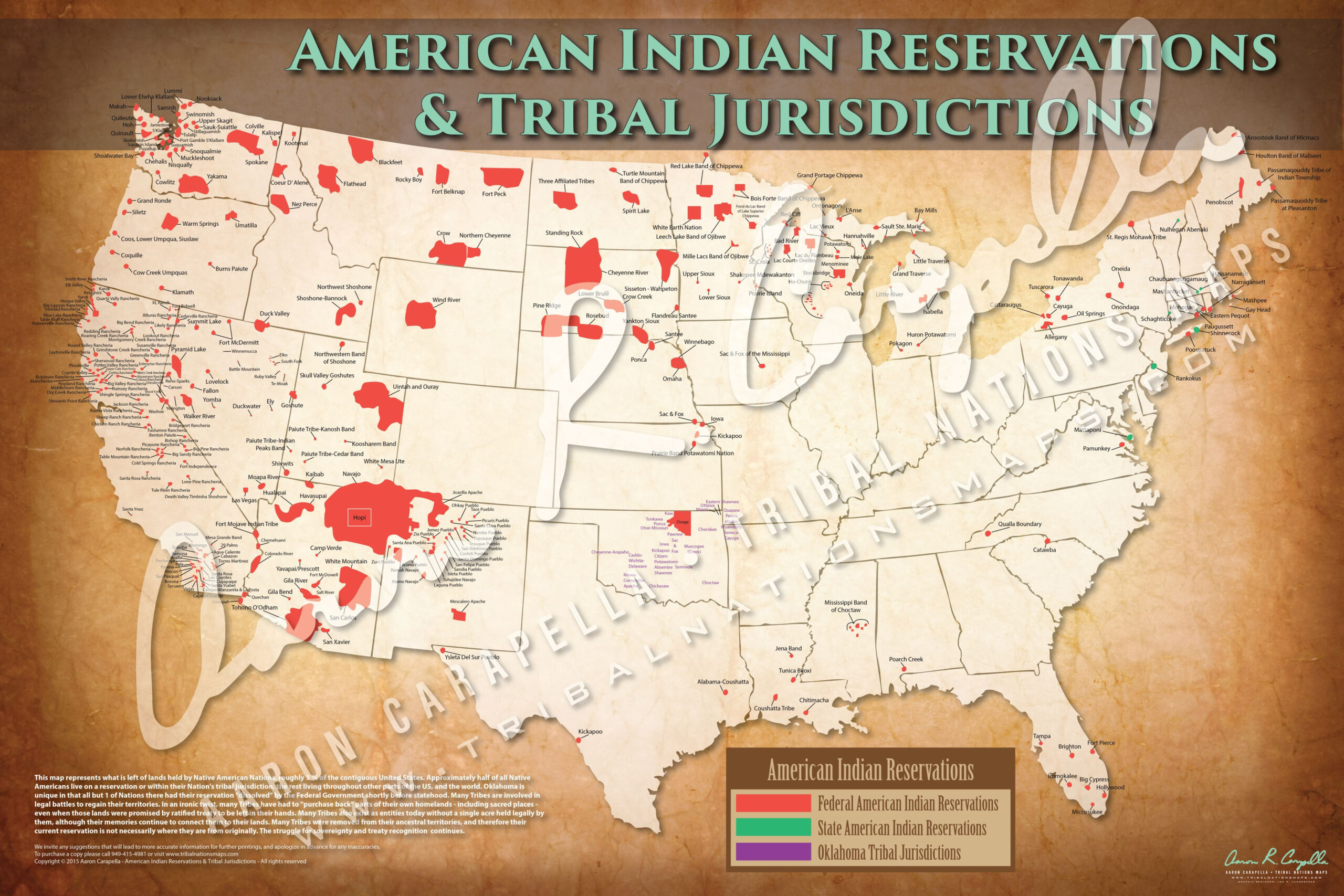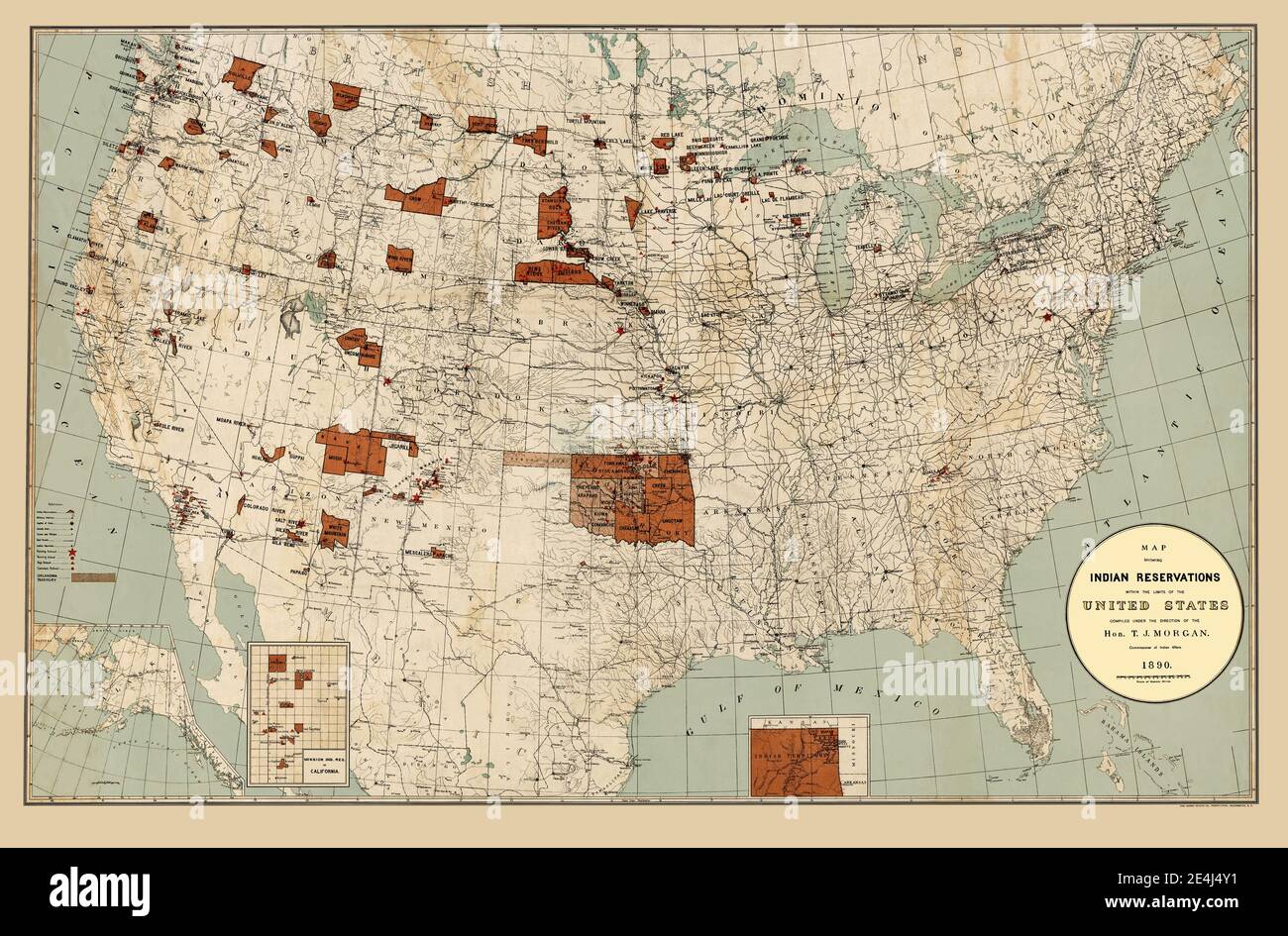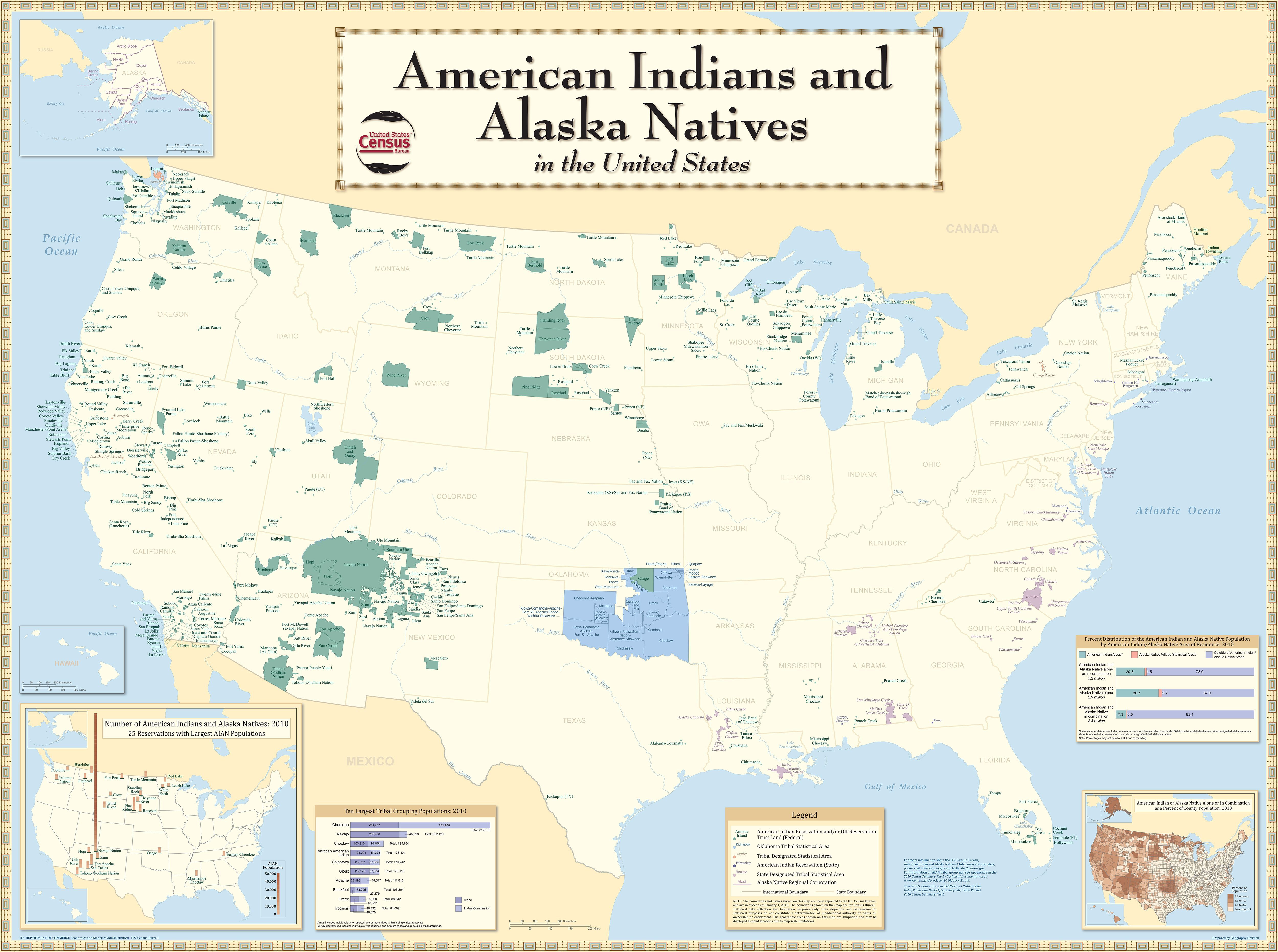California’s Hidden Worlds: Exploring the State’s Indian Reservations
California’s Hidden Worlds: Exploring the State’s Indian Reservations

California, the Golden State, is a land of dazzling beaches, towering redwoods, and bustling cities. But beneath the surface of this modern landscape lies a rich and complex history – one woven with the stories of Native American tribes who have called this land home for centuries. Today, these stories continue to be told on the state’s 11 federally recognized Indian reservations, each a vibrant community with its own unique culture, traditions, and challenges.
It’s easy to get caught up in the glitz and glamour of California’s popular tourist destinations, but a deeper understanding of the state’s history and present-day realities requires venturing beyond the well-trodden paths. Exploring California’s Indian reservations is like opening a window into a hidden world, one that offers a glimpse into the resilience, artistry, and spirit of the original inhabitants of this land.
Related Articles: California’s Hidden Worlds: Exploring the State’s Indian Reservations
- Unveiling the Treasures of the Creek Indian Reservation: A Journey of Discovery
- Unveiling the "Biggest Reservation in Montana": Discoveries and Insights Abound
- Unlock the Untold Histories: Discover the Indigenous Tribes That Shaped Texas
- Unveil the Hidden Gems of Indian Reservations in Colorado
- Where The Desert Meets The Waterfall: Exploring Arizona’s Indian Reservations
More Than Just Land: A Tapestry of Culture and Tradition
The term "reservation" can often feel like a cold and sterile label, failing to capture the richness and complexity of these communities. It’s important to remember that these aren’t just pieces of land set aside for Native Americans – they’re living, breathing communities with their own governments, economies, and traditions.
Each reservation in California boasts a unique cultural heritage, passed down through generations. From the intricate beadwork of the Chumash to the powerful storytelling of the Yurok, these communities offer a glimpse into a world of vibrant traditions, languages, and beliefs that have endured for centuries.
A Journey Through California’s Indian Reservations: A Glimpse Into the Past and Present
Let’s take a virtual tour of some of California’s most notable reservations, exploring their history, culture, and the challenges they face in the 21st century:
1. The Pala Band of Mission Indians: Nestled in the heart of Southern California, the Pala Reservation is home to the Pala Band of Mission Indians, descendants of the Luiseño people. Their history is deeply intertwined with the Spanish mission system, a period marked by both cultural exchange and forced assimilation. Today, the Pala Reservation is a thriving community, known for its beautiful landscape, its dedication to preserving its cultural heritage, and its successful gaming enterprise.
2. The Pechanga Band of Luiseño Indians: Just a short drive from the bustling city of Temecula, the Pechanga Reservation is home to the Pechanga Band of Luiseño Indians. This community has successfully navigated the complexities of modern life, embracing economic opportunities while preserving its cultural identity. The Pechanga Resort & Casino is a testament to their entrepreneurial spirit, providing jobs and economic stability for the community.
3. The Soboba Band of Luiseno Indians: Located near the picturesque San Jacinto Mountains, the Soboba Reservation is home to the Soboba Band of Luiseno Indians. This community has a strong focus on education and self-sufficiency, with a commitment to preserving their language and traditions for future generations. The Soboba Casino is a vital economic engine for the reservation, providing jobs and funding for community programs.

4. The Morongo Band of Mission Indians: The Morongo Reservation, nestled in the San Bernardino Mountains, is home to the Morongo Band of Mission Indians, a community known for its resilience and its commitment to environmental stewardship. The Morongo Casino, Resort & Spa is a major economic driver for the reservation, providing jobs and funding for community projects.
5. The Agua Caliente Band of Cahuilla Indians: The Agua Caliente Reservation in Palm Springs is home to the Agua Caliente Band of Cahuilla Indians, a community deeply connected to the natural world. Their traditional knowledge of the desert environment has played a vital role in their survival and continues to be passed down through generations. The Agua Caliente Casino Resort Spa is a testament to their entrepreneurial spirit, providing jobs and economic opportunities for the community.
6. The Torres Martinez Desert Cahuilla Indians: The Torres Martinez Reservation, located in the Coachella Valley, is home to the Torres Martinez Desert Cahuilla Indians. This community has a rich history of adapting to the harsh desert environment, developing sustainable practices for water management and agriculture. The Torres Martinez Desert Cahuilla Indians are actively involved in preserving their language and cultural heritage.
7. The Cabazon Band of Mission Indians: The Cabazon Reservation, nestled near the San Jacinto Mountains, is home to the Cabazon Band of Mission Indians. This community has a strong connection to the land, with a focus on preserving their traditional knowledge of plants and animals. The Cabazon Casino is a major economic driver for the reservation, providing jobs and funding for community projects.
8. The San Manuel Band of Mission Indians: The San Manuel Reservation, located in the San Bernardino Mountains, is home to the San Manuel Band of Mission Indians. This community has a long history of self-sufficiency, with a focus on economic development and community empowerment. The San Manuel Casino is a major economic driver for the reservation, providing jobs and funding for community programs.

9. The Twenty-Nine Palms Band of Mission Indians: The Twenty-Nine Palms Reservation, located in the Mojave Desert, is home to the Twenty-Nine Palms Band of Mission Indians. This community has a deep connection to the desert environment, with a focus on preserving their traditional knowledge of plants and animals. The Twenty-Nine Palms Casino is a major economic driver for the reservation, providing jobs and funding for community projects.
10. The Yurok Tribe: Located on the rugged Northern California coastline, the Yurok Reservation is home to the Yurok Tribe, a community with a deep connection to the Pacific Ocean and the redwood forests. The Yurok Tribe is actively involved in protecting their ancestral lands and waters, working to restore salmon populations and preserve their traditional way of life.
11. The Hoopa Valley Tribe: The Hoopa Valley Reservation, located in the Trinity Mountains, is home to the Hoopa Valley Tribe, a community known for its strong cultural identity and its commitment to self-determination. The Hoopa Valley Tribe is actively involved in preserving their language, traditions, and natural resources.
Beyond the Casino: Challenges and Opportunities
While casinos have provided economic opportunities for many reservations, they’re not a panacea for all the challenges faced by these communities. Issues like poverty, unemployment, and lack of access to quality healthcare continue to plague many reservations.

However, Native American communities are resilient, and they’re working to overcome these challenges. They’re embracing innovative solutions, from sustainable agriculture to renewable energy, to build a more prosperous future. They’re also advocating for policies that address the systemic inequalities that have historically disadvantaged Native Americans.
The Importance of Understanding and Respect
Exploring California’s Indian reservations is more than just a sightseeing trip; it’s an opportunity to learn about the rich history and culture of these communities. It’s a chance to understand the challenges they face and to celebrate their resilience and strength.
As you travel through California, take the time to visit a reservation, learn about their history and traditions, and support their businesses. Show your respect for their culture and their land. Remember, these are living communities, not just historical sites.
Respecting the Sacredness of the Land
One of the most important things to remember when visiting a reservation is to respect the sacredness of the land. Native American cultures have a deep connection to the natural world, and many places on reservations hold spiritual significance. It’s important to be mindful of your surroundings and to avoid disturbing any sacred sites.
Supporting Native American Businesses
Another way to show your support for Native American communities is to patronize their businesses. Many reservations have craft shops, restaurants, and other businesses that offer unique products and experiences. By supporting these businesses, you’re helping to create jobs and contribute to the economic well-being of the community.
Engaging in Dialogue
Finally, don’t be afraid to engage in dialogue with members of the Native American community. Ask questions, listen to their stories, and learn about their perspectives. By engaging in respectful dialogue, you can build bridges of understanding and create a more inclusive society.
FAQ: Indian Reservations Map in California
1. Where can I find a map of Indian reservations in California?
You can find a detailed map of California’s Indian reservations on the website of the California Native American Heritage Commission (CNAH). The CNAH is a state agency that works to preserve and protect Native American culture and heritage.
2. What are the best ways to visit an Indian reservation?
The best way to visit an Indian reservation is to contact the tribe directly and ask about their policies and guidelines for visitors. Some reservations have visitor centers, while others may require prior permission to visit. It’s always a good idea to be respectful of the community and to follow their rules and regulations.
3. How can I learn more about the history and culture of California’s Native American tribes?
There are many resources available to learn more about California’s Native American tribes. You can visit museums, historical sites, and tribal websites. You can also read books and articles by Native American authors and scholars.
4. What are some of the challenges faced by Native American communities in California?
Native American communities in California face a number of challenges, including poverty, unemployment, lack of access to healthcare, and environmental degradation. These challenges are often rooted in historical injustices and systemic inequalities.
5. How can I support Native American communities in California?
You can support Native American communities in California by patronizing their businesses, donating to their organizations, and advocating for policies that address their needs. You can also learn about their history and culture and share that knowledge with others.
In Conclusion
Exploring California’s Indian reservations is a journey of discovery, a chance to step outside the mainstream narrative and engage with the rich and vibrant cultures of the original inhabitants of this land. It’s a reminder that beneath the surface of the Golden State lies a tapestry of history, resilience, and enduring spirit. By understanding and respecting these communities, we can contribute to a more inclusive and equitable future for all Californians.

Closure
Thus, we hope this article has provided valuable insights into California’s Hidden Worlds: Exploring the State’s Indian Reservations. We appreciate your attention to our article. See you in our next article!